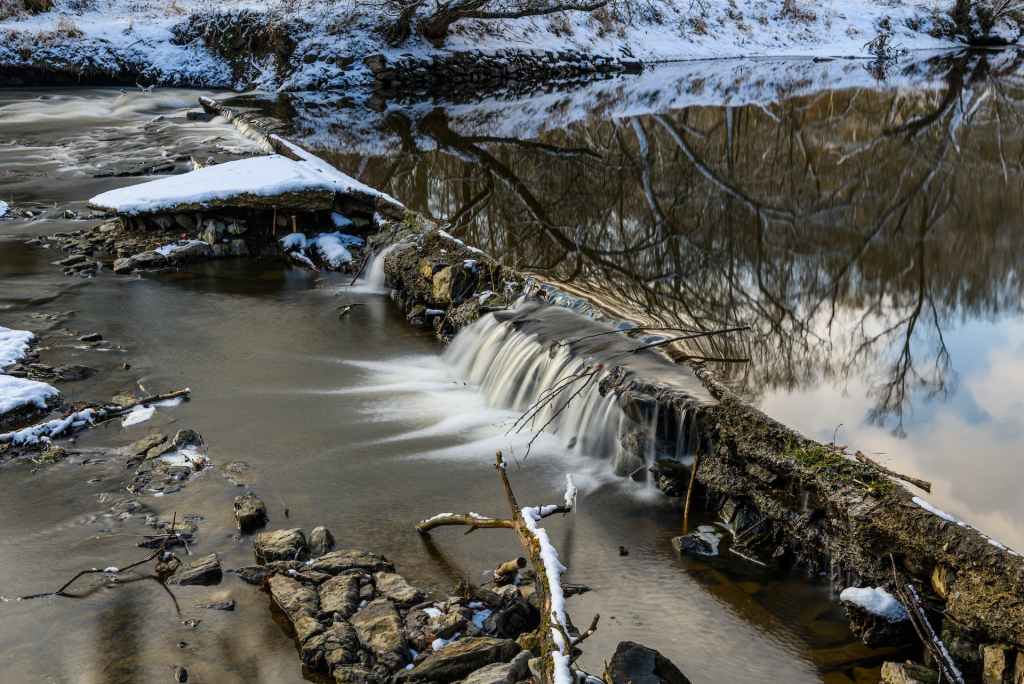Although here in Waawiiyaatanong, one would be hard pressed to announce the cruelest of seasons upon us in the recognizable way for most of the world, the cold dark of the Midwestern winter has most definitely arrived. There has been a decided shift in my work in general over the last few months. One that has much to do with returning to my roots as writer and significant turn from the poetic forms into the realm of storytelling and fiction building. You could blame that Piper myth I built for North of Middle Island on this. There was something in that process that truly struck a core nerve in me as I revised and rewrote that work earlier this year. We are seasonal creatures, all of us. And as the art we create comes from within, one must expect changes in our work, our focuses.

We are seasonal creatures, all of us. And as the art we create comes from within, one must expect changes in our work.
Among our Lenape traditions, we believe that are certain stories to be told at certain times. It was said that telling winter stories out of season will make the bugs and biting things get you. We call them athiluhakàn in our language. These are stories that are meant to be fantastical, told in the early darkness of winter nights. These are not the bright and happy romances we more often share in the spring. These are stories about the inevitability of love and death and suffering and, occasionally, rebirth. These are not the summer stories of distant, easy travel, sometimes with heroes, sometimes merely travelogues. These winter stories allow for the manëtuwàk, the spirit world, to come forth. And the battles and the endings, even the beginnings, are less hopeful and “sunny” than the adventure tales of other seasons. These are the stories of survival rather than heroic excellence and love. Stories that are often more reflective of our actual experiences than any other season. There is truth to be found in stories told in the cold dark of the winter season. Ones best given to dimly lit rooms full of relations, fine food, and a warm atmosphere braced against lurking cold.

Stories exist in a continuum of human experience that flows through seasons like rivers flow through our homelands. Connecting disparate peoples, events, and places in a varied watershed.
Stories exist in a continuum of human experience that flows through seasons like rivers flow through our homelands. Connecting disparate peoples, events, and places in a varied watershed. And they flow and change in their temperaments with the pieces of creation they touch. This is the knowledge that lies in the atavistic heart of true storytelling. And as we change most everything that we do seasonally, in staying close to that origin point of stories and our connections with creation, so most of the pieces that we create and the pieces that we share must change.
For me in my craft, this has meant a dedicated attention to my ongoing fiction projects and specifically those that contain and explore more fantastical concepts. Fresh CliFi, raw and gritty science fiction, and the retelling of our collective and often forgotten mythologies. The Piper piece first emerged in this season a couple of years back. The Cantos were completed in the dark coldness of a Waawiiyaatanong luwàn (winter). Writers and storytellers have long known that this is the richest season for us. One were we do our best work. And one in which the bugs and biting things will undoubtedly leave us be. November is the start of this season by most every measure here. So lets us take our athiluhakàn, share them with our fellow winter survivors, and build the for the future seasons of cold and dark and be the warmth and light that guilds to the next season.
Leave a comment